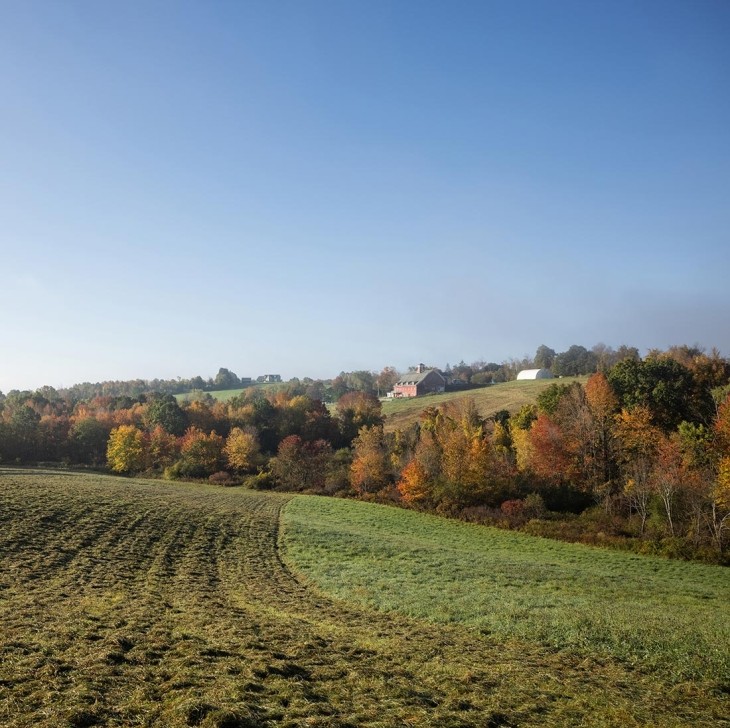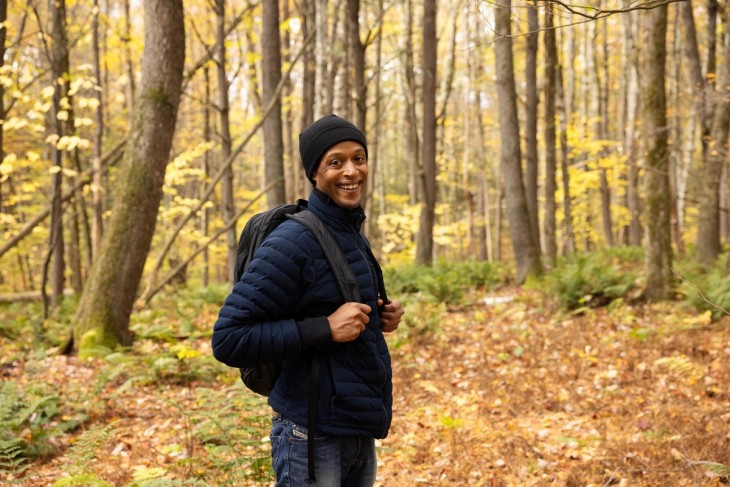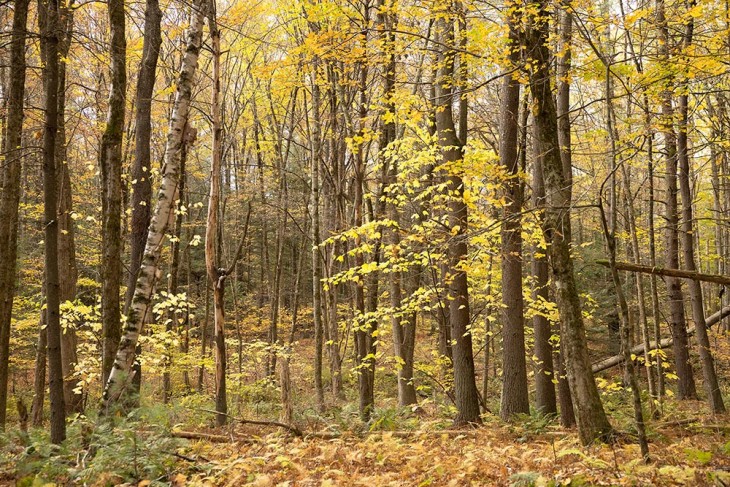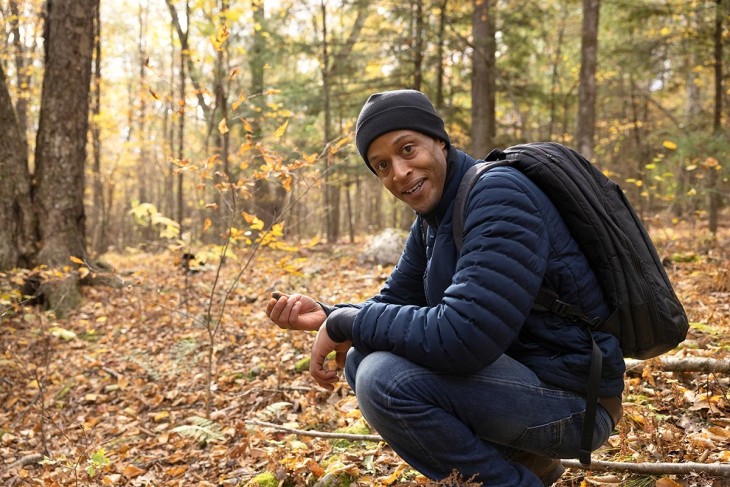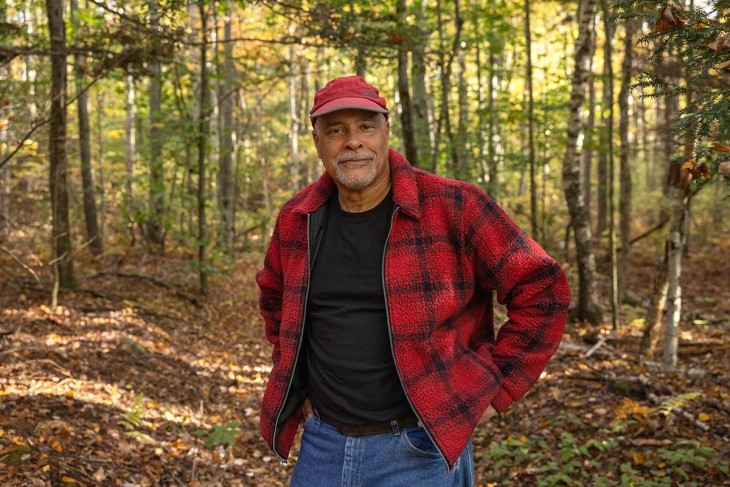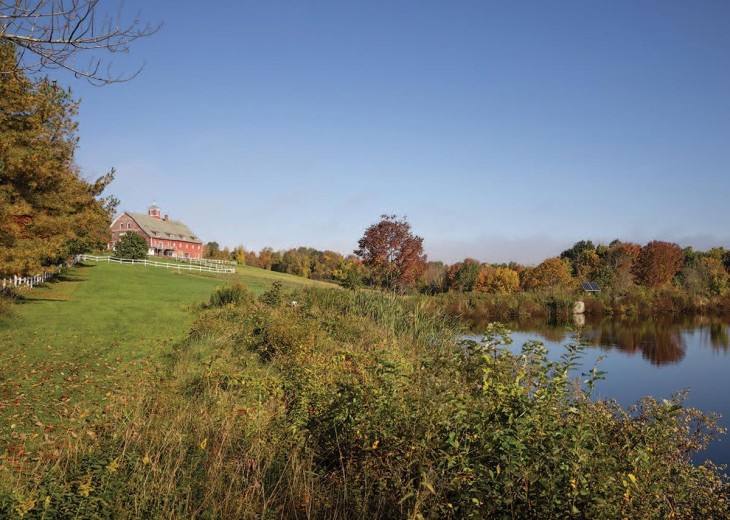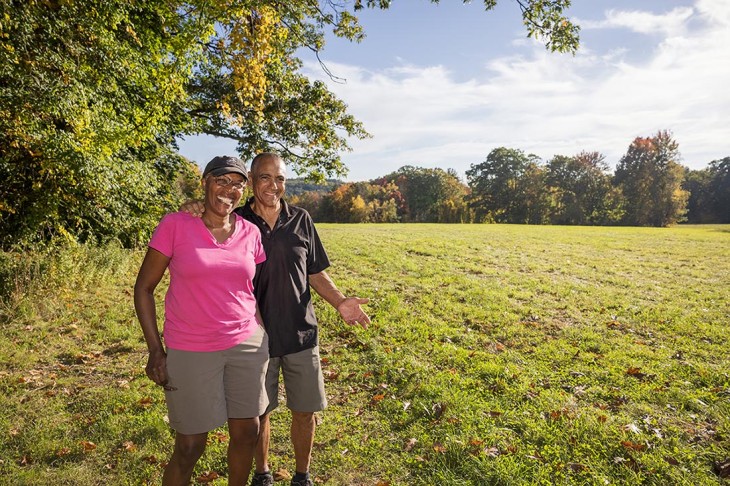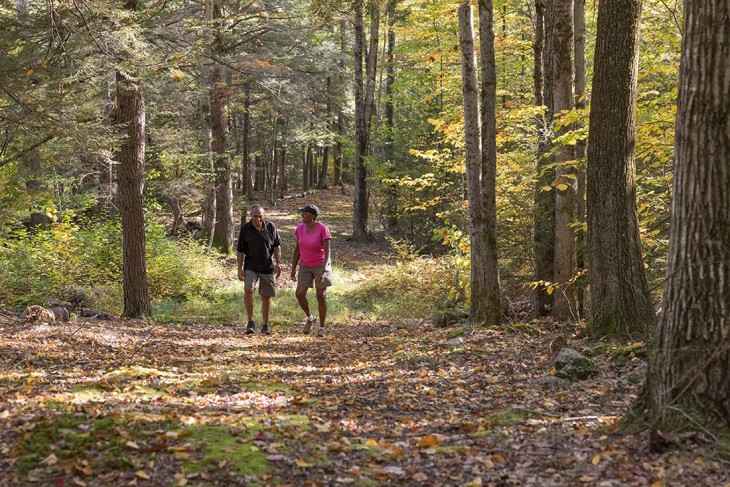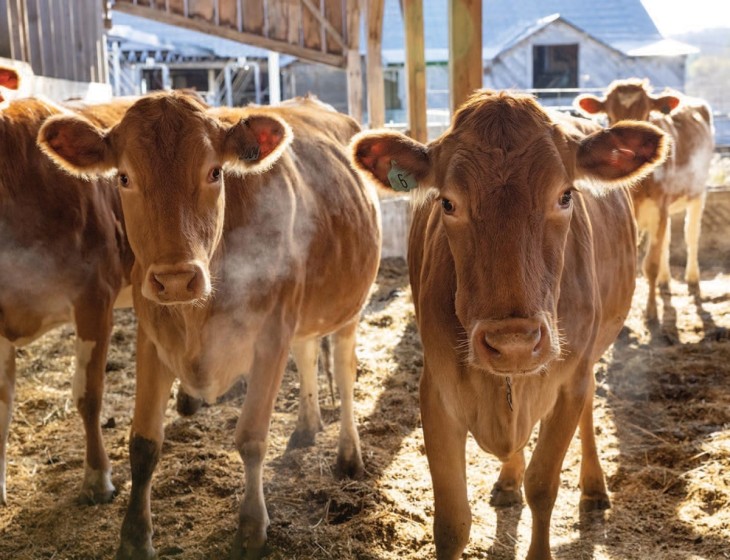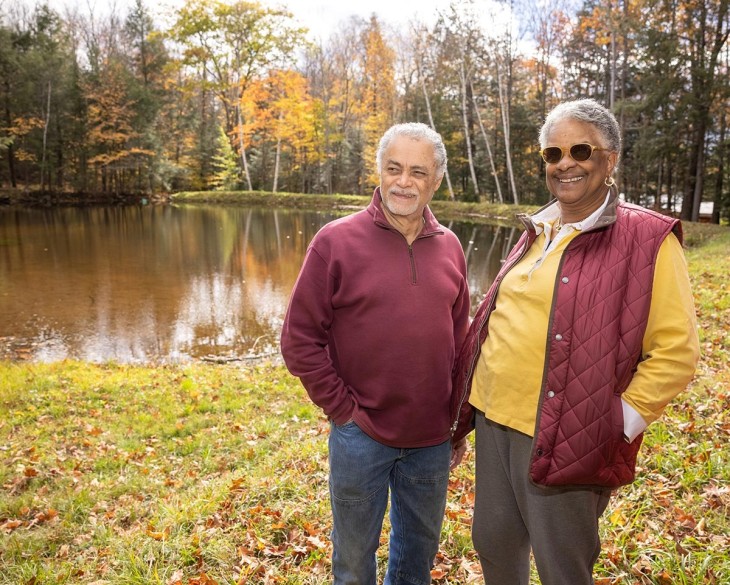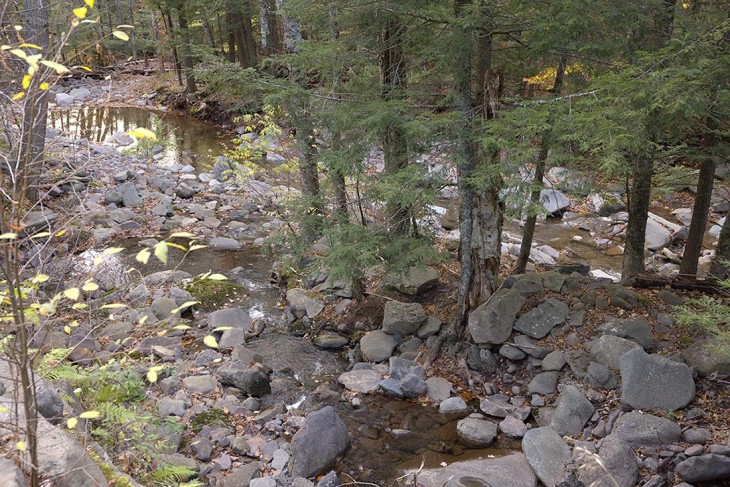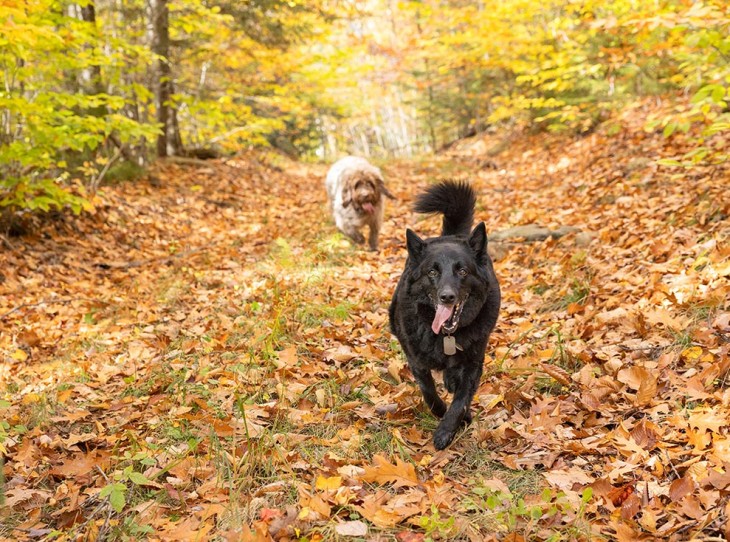
This past June, a team from Cornell University and the University of Massachusetts Amherst completed an outreach publication focused on the experiences and insights of five rural Black landowners who own and steward private forestland. The Stories Trees Have to Tell: Black Land Stewardship in the Northeast, by Shorna Allred and Kristina Ferrare of Cornell and Paul Catanzaro and Olivia Lukacic of UMass, combines research and outreach, using landowner narratives to document and share success stories and to offer regional insights on the challenges facing minority landowners, strategies to combat land loss, and opportunities and incentives for becoming landowners in the Northeast.
Speaking of the purpose of the publication, Shorna Allred, professor in the Department of Natural Resources and the Environment and Department of Global Development at Cornell, quoted author Toni Morrison. “She posed a question, which was, ‘What can I do where I am?’ She asked this question in relation to the Civil Rights Movement as she contemplated where she could have impact – her answer was ‘opening people’s eyes with words,’ which she did in magnificent ways.”
“Those of us working in forestry extension grappled with this question in our land-grant universities, which are places of great privilege, learning, and responsibility to society. And how, in our work assisting landowners with stewardship and legacy, we may more purposefully connect with minority forest owners and cultivate meaningful relationships in order to advance racial justice. We believed that listening was the most appropriate starting point,” said Allred.
The initial study was launched with the support of the Cornell Rural Humanities initiative through a grant from the Mellon Foundation, the forestry extension programs at UMass Amherst and Cornell, and also through funding from the Massachusetts Department of Conservation and Recreation and USDA Renewable Resources Extension Act. Northern Woodlands commissioned photographer Lisa Godfrey to provide images for the publication with support from the Bailey Charitable Foundation.
In the introductory text, the authors note that the goal of the publication is “for other landowners and natural resource professionals to learn from the successes, barriers, and opportunities” faced by the featured individuals.
“This work is only the beginning of understanding the experience of minority forest owners in the Northeast,” said Allred. “The documentation of these stories helps provide an opportunity for the forest conservation community to partner with minority owners in addressing the common challenges faced in acquiring, stewarding, and passing on land.”
Researchers hope that the stories in the publication will inspire conversation and offer points of connection with other minority landowners in the region and those interested in becoming landowners as they pursue their stewardship journey. They also hope the publication will inform the work of natural resource professionals from policy, outreach, and partnership-building perspectives. The publication closes with policy recommendations and a directory of resources for landowners to access information on sustainable forest management, land conservation options, financing, and other topics.
“One of the most valuable things I learned in this project is that, despite what I may tell myself, I have assumptions that create blind spots in my work,” said Paul Catanzaro, professor in the Department of Environmental Conservation at UMass and co-director of the Family Forest Research Center. “I believe it’s past time for us all to reconsider our approaches to acquiring and stewarding land to ensure the full ecological, social, and economic benefits of the land can be realized by those interested in land ownership.”
What follows is based on a selection of photos and excerpts from the publication. To read the full publication online, visit MassWoods: Black Land Stewardship or Your Land, Your Legacy: Stories of Black Rural Land Stewardship and Legacy in the Northeast.
Charles Harrison
68 acres of woodland, wetlands, and fields in Marlborough, New York (3 acres) and Great Barrington, Massachusetts (65 acres)
Stewardship Focus:
Forest farming, scenery, wetland habitat
Charles Harrison had the idea of land acquisition on his heart and mind for several years before he finally became a landowner. Both of his woodlots are on some of the highest elevations in their county. They are quiet and, he says, not unlike national park settings, reminding him of the forests he used to play in as a child. His grandmothers’ focus on the importance of family and home contributed to his decision to embark on being a forested landowner.
“Being a woodlot owner makes you think differently about those trees – not only who planted them, but what they were thinking about, what types of stories trees have to tell.”
Paris Qualles
100 acres (50 wooded), North Brookfield, Massachusetts
Stewardship Focus:
Scenic beauty, wildlife, biodiversity, water protection
For someone who grew up by the ocean in New Jersey and then spent most of his life in California, Paris feels a strong connection to the Massachusetts property on which he now lives with his wife. A lifetime of outdoor adventuring and visiting open spaces has given him a deep respect for the natural world. In the fourteen years he has owned his property, becoming familiar with the landscape and engaging with its stewardship have been important for Paris, bringing both triumph and challenge.
“I’ve got deeds that go back to the 1790s. Before that, it was sacred [Nipmuc] Native American land. That appealed to me in the sense that I felt the need to preserve it. Development is never in my mind.”
Tracey & Paul Turner
111 acres, Lyndeborough, New Hampshire
Stewardship Focus:
Scenic beauty, wildlife, investment, privacy, hunting, non-timber forest products, recreation
Throughout their lives, Tracey and Paul Turner have sought out open, uncrowded spaces, knowing the joy they can provide. As avid outdoors people, they find a certain sense of peace having access to hunting, hiking, horseback riding, and cross-country skiing just beyond their back door. In 1992, they purchased their New Hampshire property, and have been living and enjoying their life on the land since then.
“I think that both of us just felt like this was where we were supposed to be. I don’t know if you’ve had that experience, but it’s powerful.”
Earl Ransom
950 acres (575 wooded), Strafford, Vermont
Stewardship Focus:
Dairy production, timber harvesting, firewood, hunting
Earl Ransom’s father first purchased the several hundred acres of Rock Bottom Farm in the 1960s. The family sustained themselves through firewood production, small-scale agriculture, and maple syrup production. In the 1970s, the farm acquired a dairy herd. Earl and his siblings retained the farm and land and started the well-known Strafford Creamery. The 450-acre property is owned between the siblings, but Earl and his brother have also purchased their own properties independently.
“I feel really blessed to have land. It’s an opportunity a lot of people don’t have. I feel really lucky that my father was forward-thinking enough to buy land and then to teach us how to manage it and not just view the land itself as an asset.”
Sydney & Evon Antonio
450 acres of mixed hardwood and coniferous forest, Haines Falls, New York
Stewardship Focus:
Scenic beauty, wildlife, biodiversity, water protection
As a child, Sydney Antonio and her cousins spent summers with her grandmother on family-owned property in Green County, New York, where they had the freedom to explore and play. Now, Sydney and her husband Evon live on the land and are both New York Master Forest Owner volunteers and Certified Tree Farmers. They are careful stewards of their woods, and enjoy their woodland for the solitude and quiet environment, the beautiful views, and wildlife.
“It’s the American way. [My goal is] to maintain it, to keep it as it is as a forested woodland. It’s good for the water, good for the environment, and good for the portfolio.”


